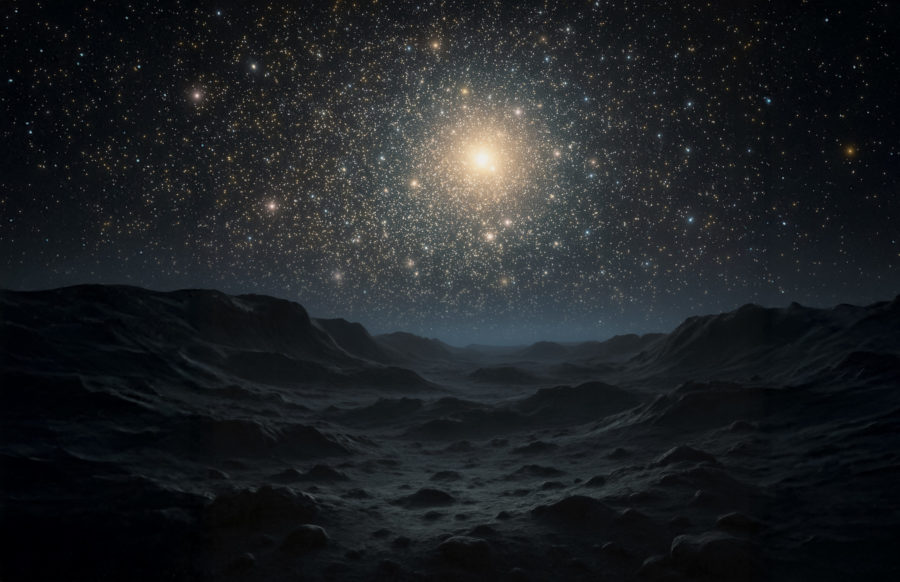The short nights of June and July never become fully dark in Northumberland. Despite that, there are still celestial wonders overhead and I wrote in a previous article about this time of year being noctilucent cloud season. The Sun remains in a state of increased sunspot activity so displays of the aurora (the northern lights) remain a possibility too.
So what else should we be on the look out for?
Stars and constellations
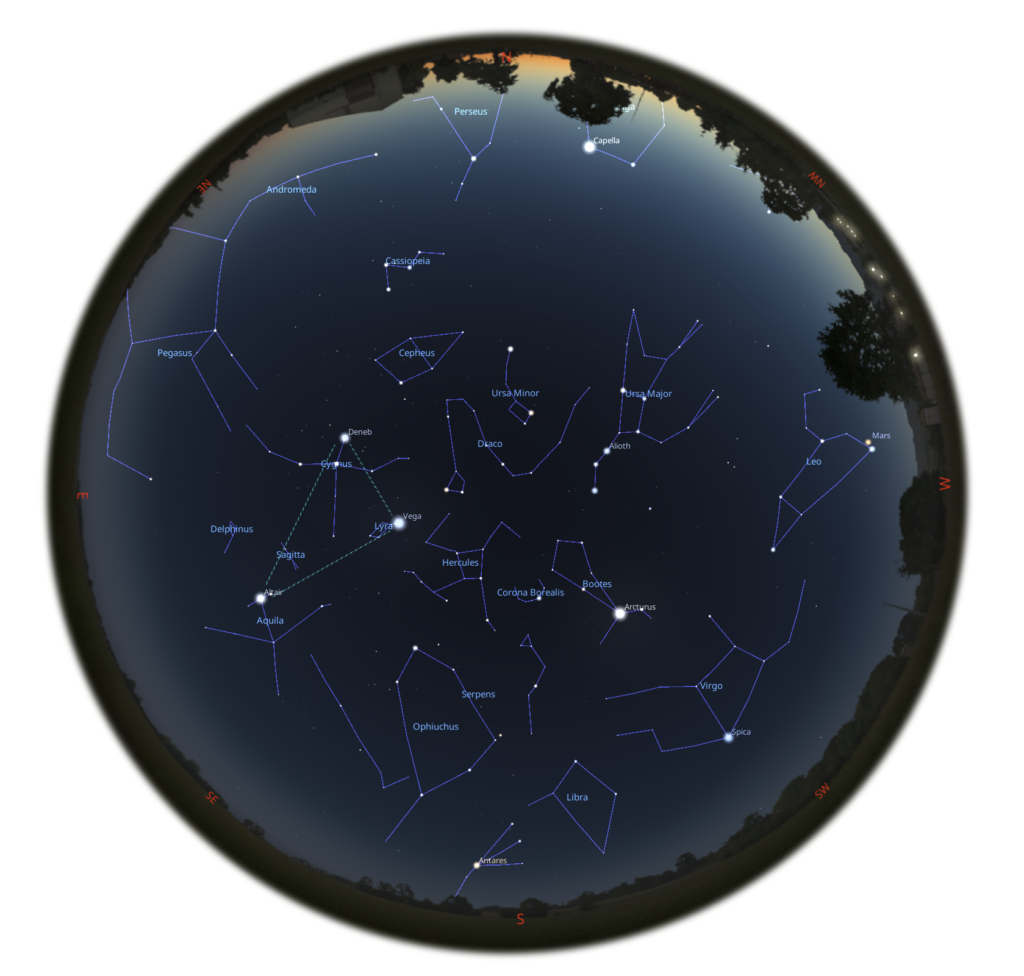
Here is a star map of the whole sky in mid-June at around 11.30pm (about 2 hours after sunset). The Sun doesn’t sink far below the horizon in Northumberland so the northern sky is still in fairly bright twilight. The sky is darker towards the south and the Milky Way is just about visible at midnight.
The brightest star in the sky is Arcturus. You can find it about half-way up from the horizon if you’re facing south. If you can locate Arcturus – there’s a little semi-circle of stars to the left of it. These stars form the Northern Crown (Corona Borealis). Something wonderful may be seen here this summer.More about that momentarily.
The Summer Triangle, consisting of the three bright stars (Vega, Deneb and Altair) is high in the eastern sky. The Milky Way runs through the Summer Triangle towards the southern horizon at this time of year.
Much of the southern sky looks devoid of bright stars at this time of year. The vast constellation of Ophiuchus (the Serpent Bearer) holding – yes, you guessed it – a serpent (the constellation Serpens) takes up much of the southern sky. Not many bright stars but a whole host of distant, ball-shaped clusters containing hundreds of thousands of stars each.
Waiting for the Blaze Star
Nestled within the constellation Corona Borealis (the Northern Crown), lies a star system quietly preparing for a dramatic outburst. Known as T Coronae Borealis (T CrB) and nicknamed “The Blaze Star”, this rare “recurrent nova” may erupt imminently, and astronomers around the world are watching closely.
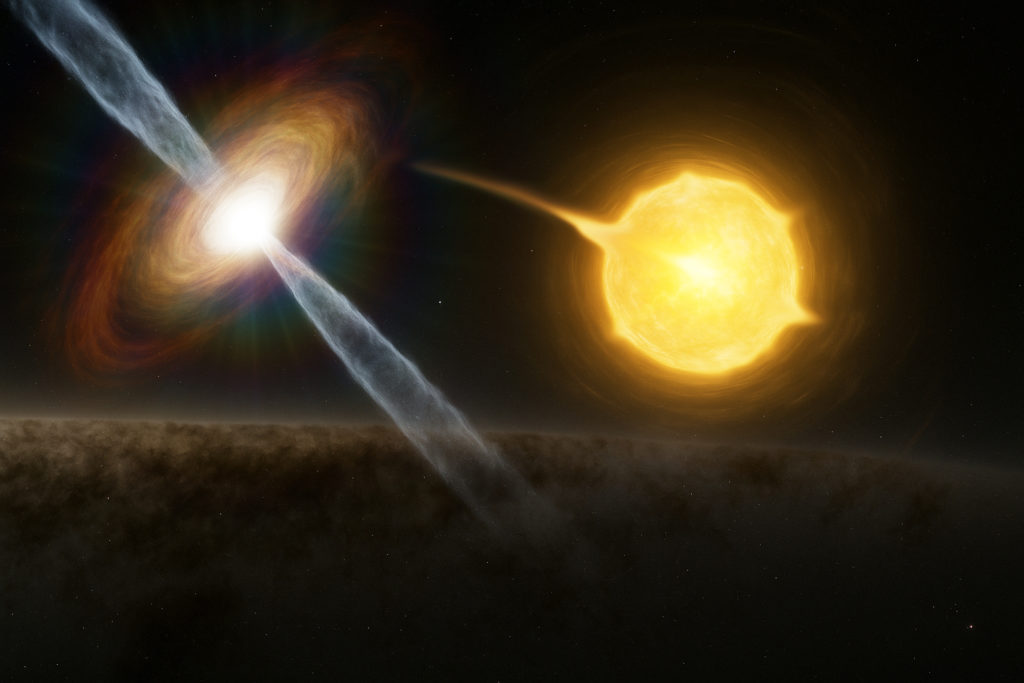
T CrB is not a single star, but a binary system made up of a red giant and a white dwarf. The white dwarf, a dense stellar remnant, pulls material from its larger companion. Over time, this material builds up on the white dwarf’s surface until the pressure and temperature become so extreme that it triggers a thermonuclear explosion. The result? A sudden brightening that can be seen with the naked eye.
T CrB has been caught erupting twice before—in 1866 and again in 1946. These have led astronomers to speculate an 80-year period between eruptions, so another may be due any time. However, based on just two prior displays – this estimate is statistically very uncertain!
If you want to see the eruption yourself, I would recommend familiarising yourself with the sky before it appears. Here’s a finder chart showing the location of Corona Borealis and the surrounding constellations, with the location of T CrB marked with an “X”.
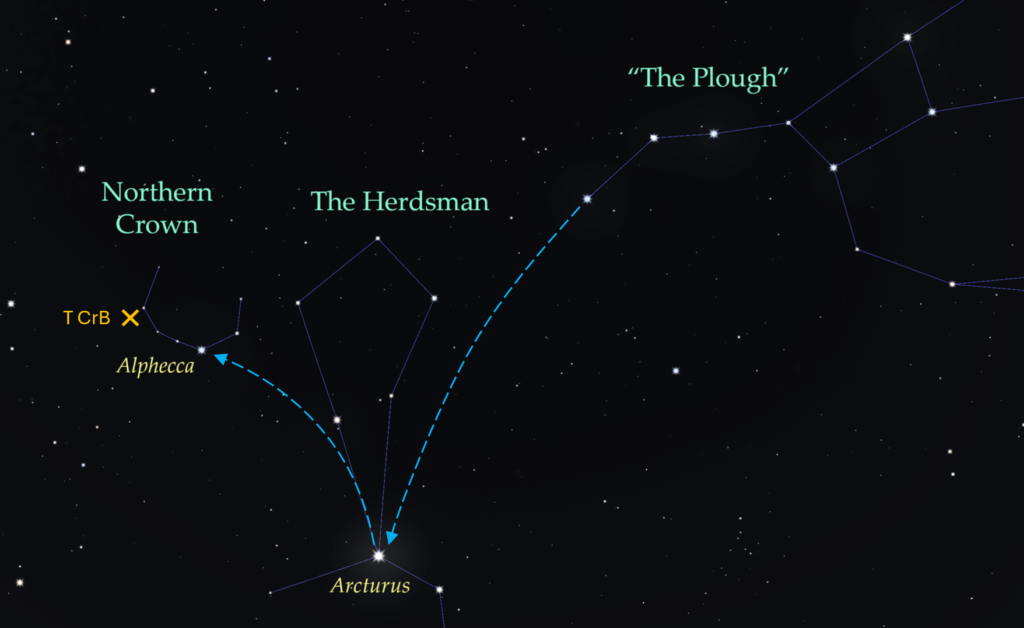
Arcturus is high in the southwest after dusk during the summer. It’s likely to be the first star you see at night! If you’re familiar with the seven stars of The Plough – you can also find it by following the ‘handle’ stars south. The Northern Crown is north and east (left) of Arcturus. These stars are not so bright. Alphecca is the brightest star in the Northern Crown. The Blaze Star will rival, or possible surpass Alphecca in brightness. It’s location is just to the left of the Northern Crown. Despite the countless posts on Facebook about it – the Blaze Star will not be the brightest star in the sky when it appears. Familiarising yourself with this region before it appears will help you appreciate the changed sky when it does!
Globular clusters: ancient star cities in the sky
The night sky in late-Spring brings some of the most dazzling and ancient objects in our galaxy. Globular clusters are dense, spherical collections of stars found in the outer regions of galaxies. Each cluster can contain hundreds of thousands—or even millions—of stars, all tightly bound together by gravity. These clusters are among the oldest structures in the universe, with ages of 12 to 13 billion years, making them valuable clues to understanding the early days of galaxy formation.

Galaxies such as our Milky Way contain two types of star clusters: globular clusters and open clusters. Open clusters, like the well-known Pleiades (or Seven Sisters) are groups of a few hundred young stars loosely held together by gravity and often found in the spiral arms of galaxies. They tend to disperse over time. Globular clusters, on the other hand, are far more massive, tightly packed, and long-lasting. They orbit the centre of the Milky Way in the halo, far from the flat disk where most stars—including our Sun—reside. Since the Sun orbits far from the centre of the Milky Way, most globular clusters are on the side of the sky looking towards the centre. That part of the sky is well-seen at this time of year. Incidentally, it was the asymmetry in how globular clusters were distributed across the sky which helped astronomers figure out our position in the Milky Way just over 100 years ago.
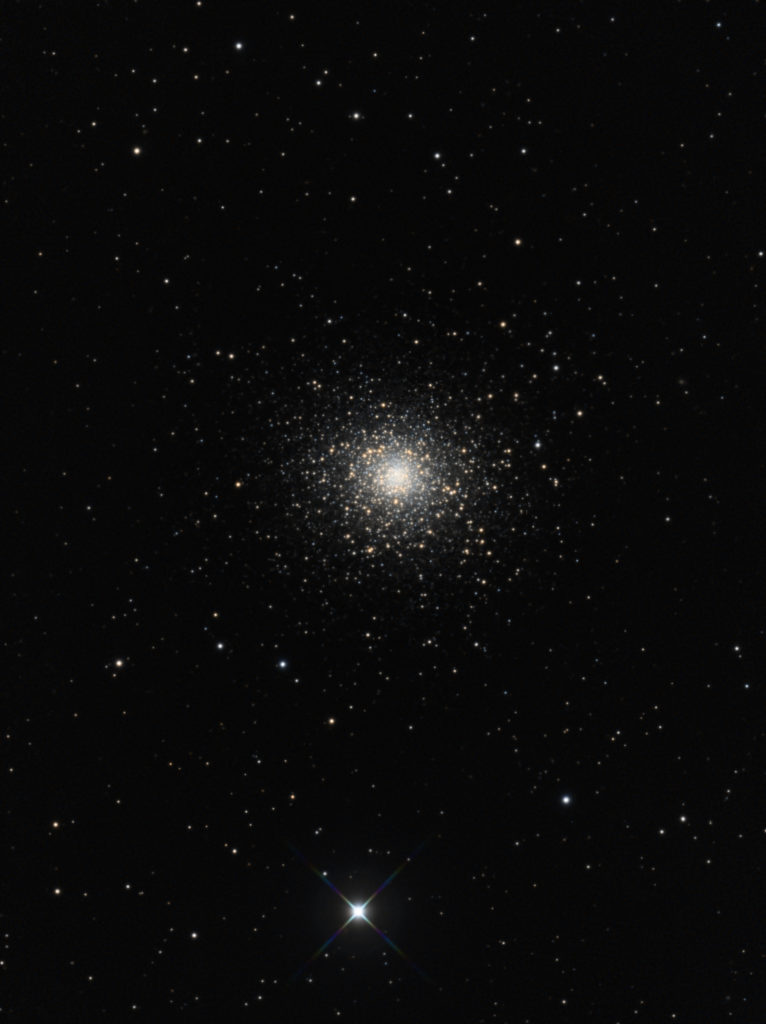
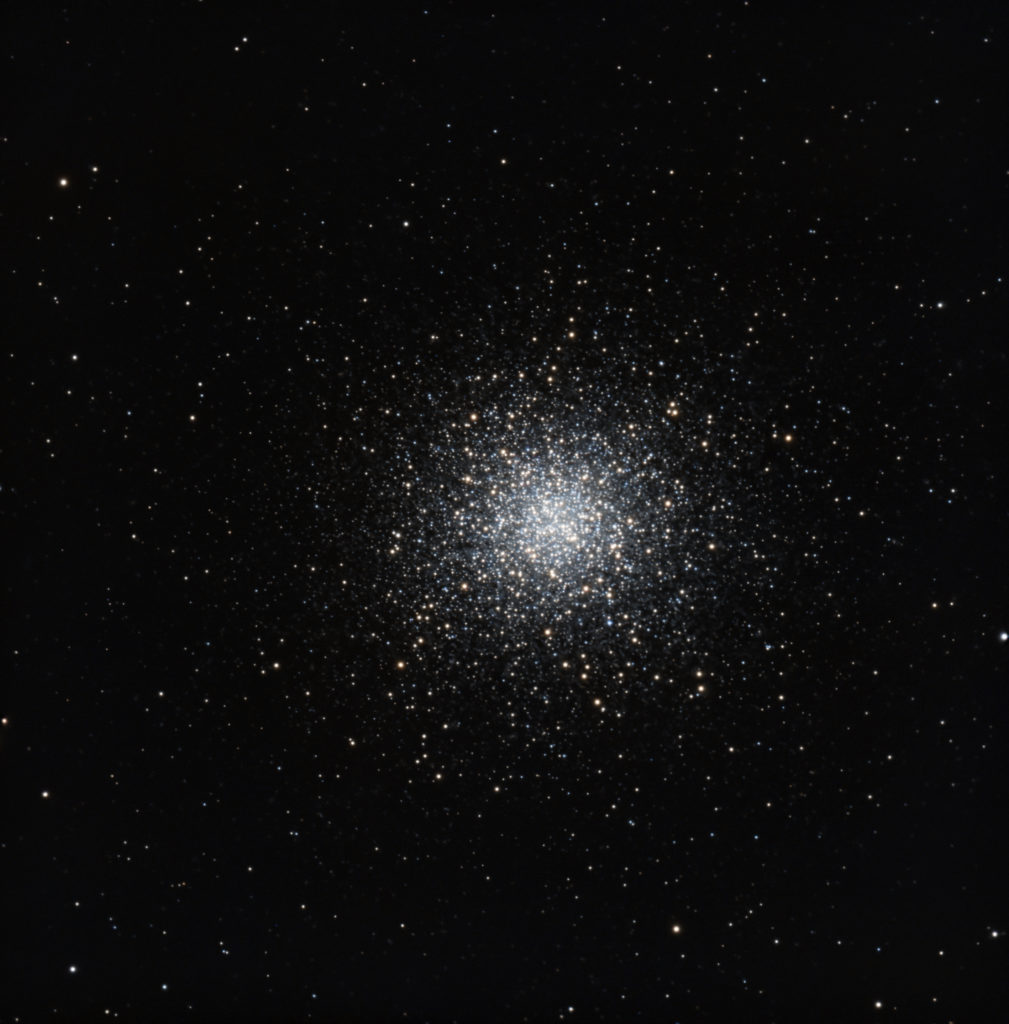
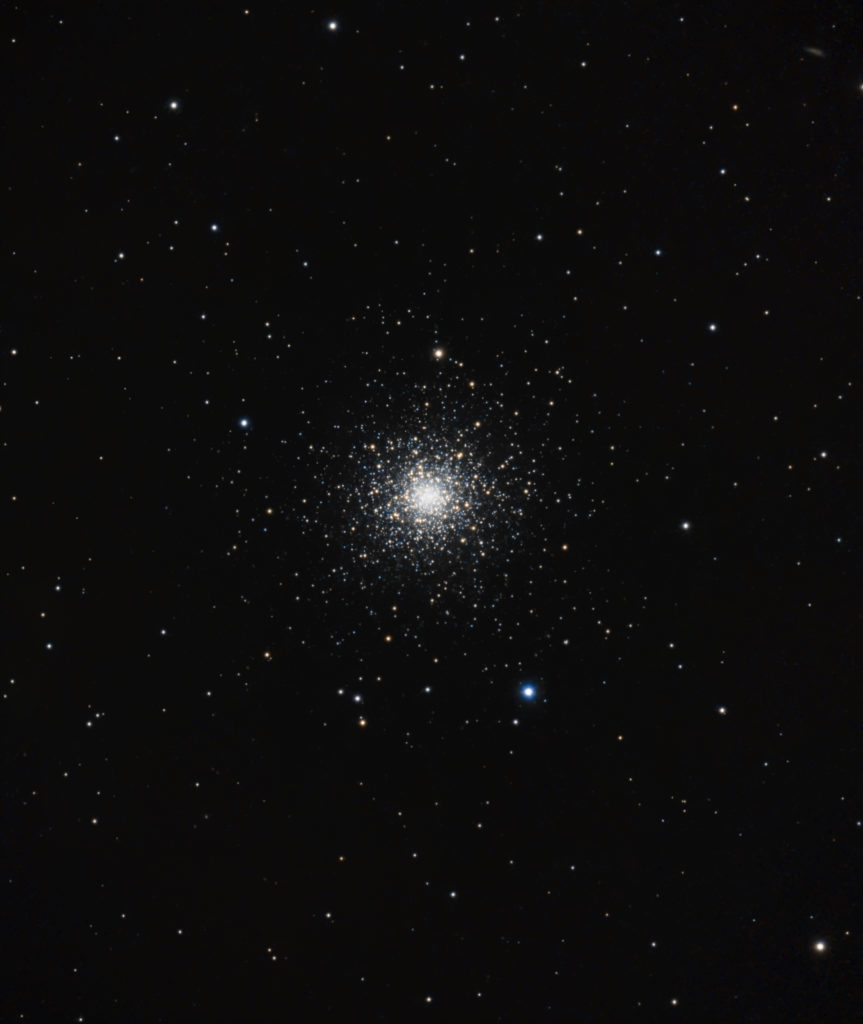
Astronomers are still piecing together how globular clusters formed. One possibility is that they are the remnants of the first star-forming regions in the early universe. Another theory suggests they may have originated in smaller, dwarf galaxies that were later absorbed by larger galaxies like the Milky Way. In both scenarios, the stars in globular clusters formed quickly and early, which explains their old age and low levels of heavy elements.
Despite decades of study, globular clusters still pose plenty of mysteries. Why don’t new ones form today? What determines how many form in a galaxy? As new telescopes and space missions expand our view of the universe, astronomers hope to get closer to answering these questions.
Even without all the answers, globular clusters remain fascinating—ancient, compact beacons that tell the story of a universe long past.
The lowest full moon of the year
In June 2025, the Moon reaches one of its most extreme southerly declinations — a result of the 18.6-year lunar nodal cycle. This cycle causes the Moon’s path through the sky to shift gradually north and south of the ecliptic – the apparent path followed by the Sun. At its southern extreme, as we’ll see this summer, the Moon will appear especially low in the southern sky for observers in the UK, especially when it’s near full phase.
Seen from Northumberland, the full Moon of June 2025 will rise well to the southeast and arc low across the southern horizon, barely climbing above it before setting again in the southwest. If you can picture where the midday winter sun is – the full moon of June will be even lower.
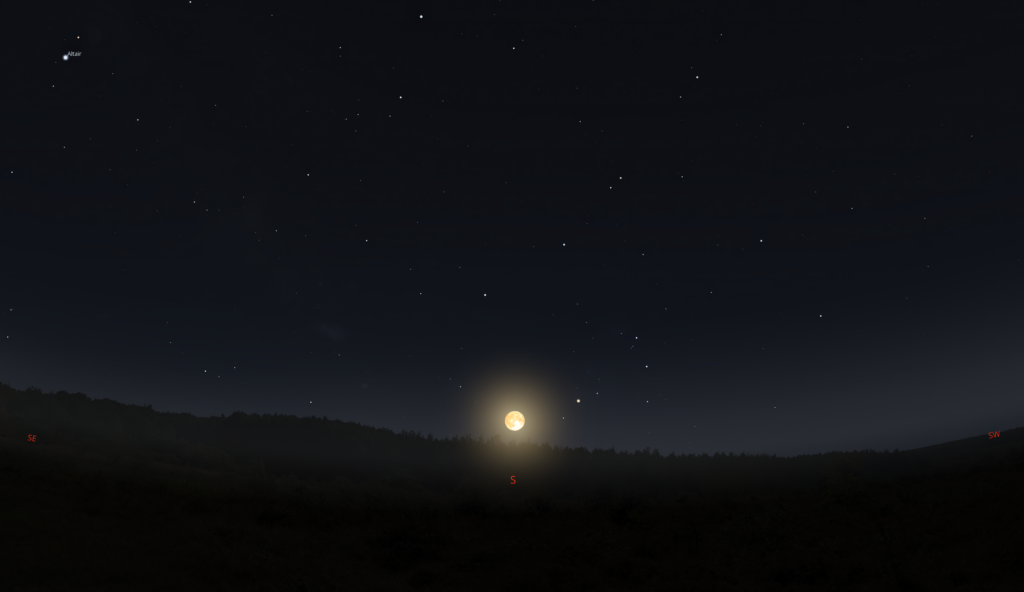
This southern dip doesn’t just affect how the Moon looks in the sky. It also has subtle effects on Earth’s tides. When the Moon reaches a far southerly or northerly declination, it pulls the ocean in a slightly different direction than usual. While these tidal shifts may not be dramatic everywhere, they are of keen interest to oceanographers and coastal engineers. For skywatchers in the UK, however, the main spectacle is visual: the June full Moon will appear unusually large when near the horizon (a trick of perspective), and its golden light will bathe the landscape in a warm, low glow — a poetic reward for night owls and lunar fans alike.
Clear skies!
Dr Adrian Jannetta FRAS

